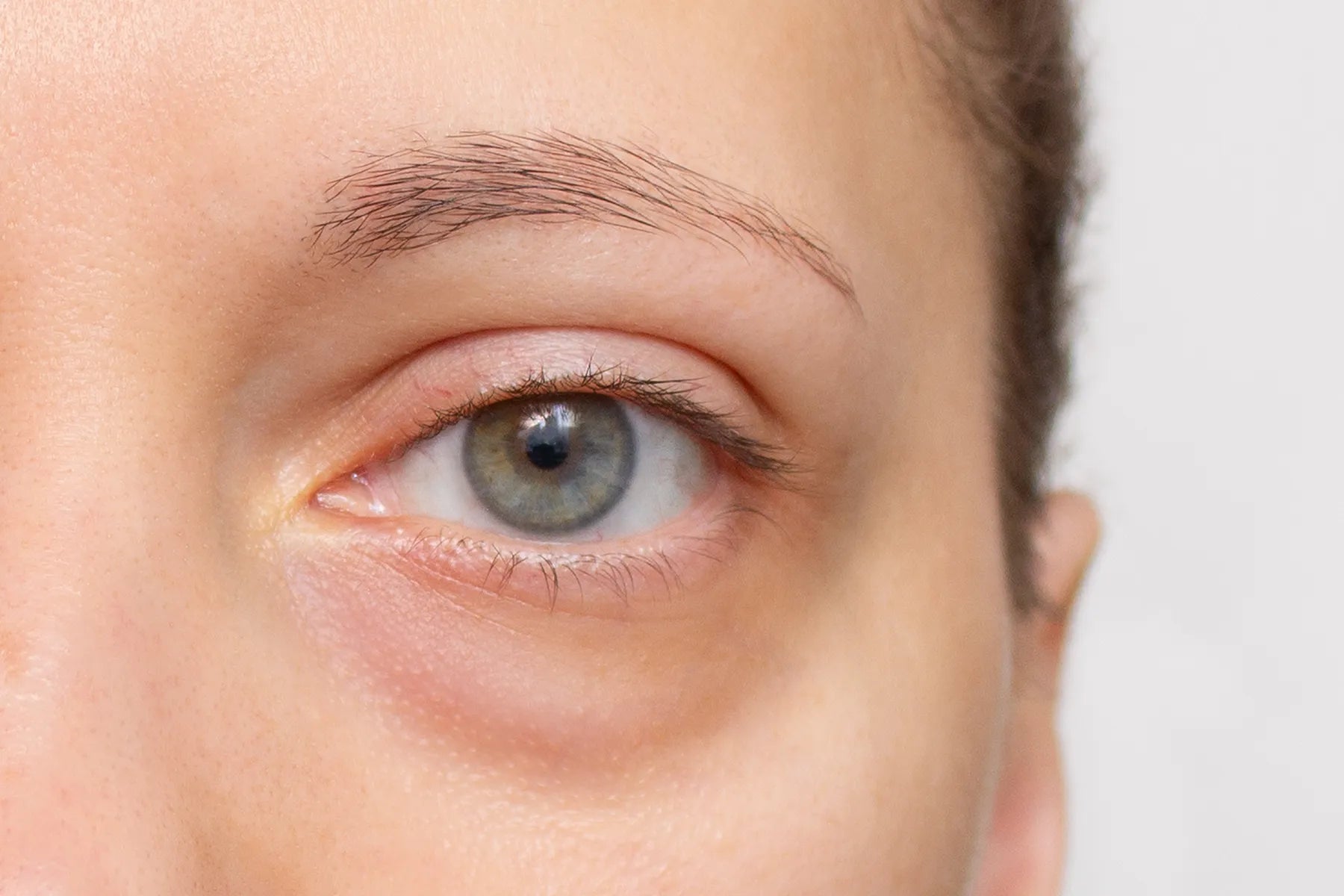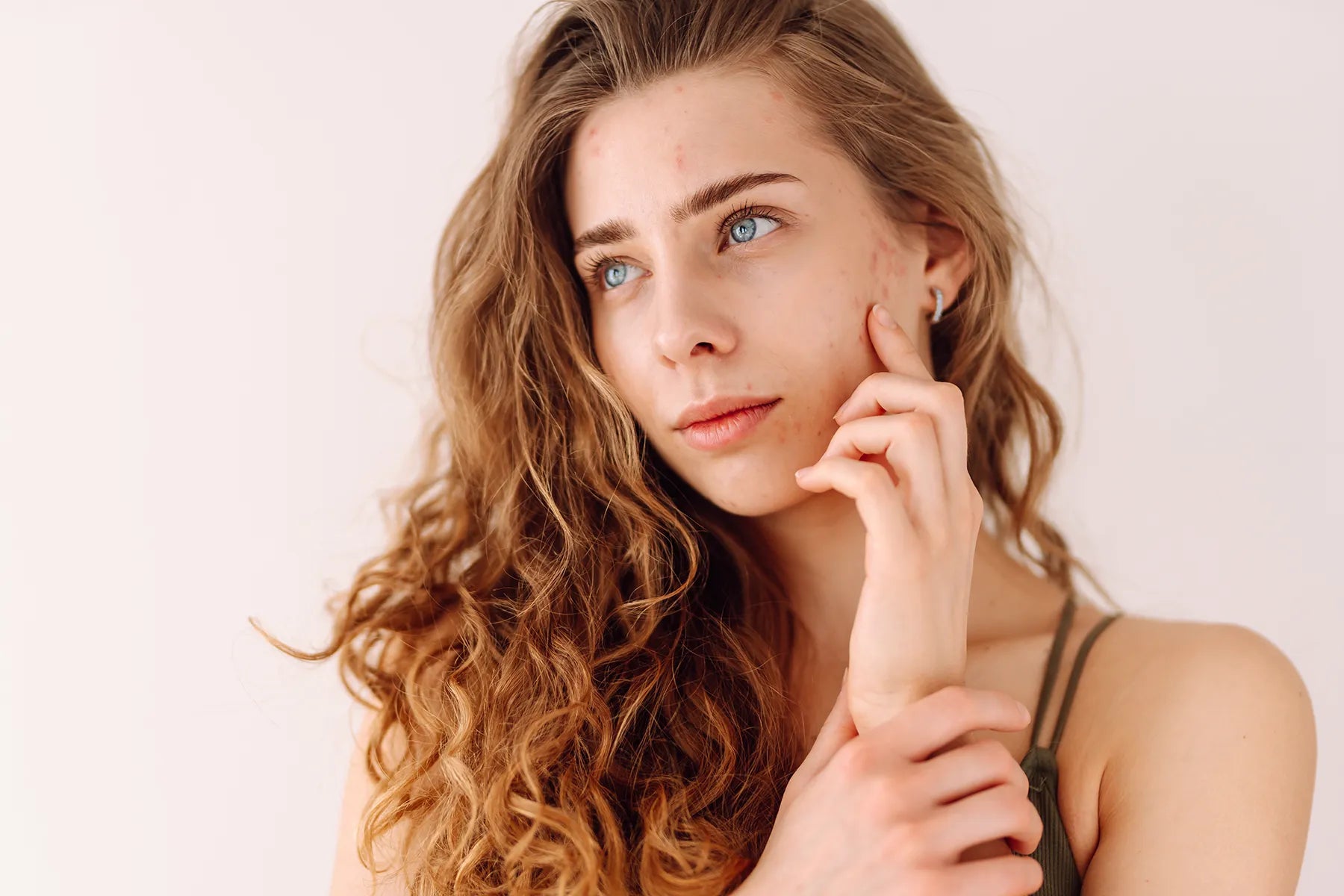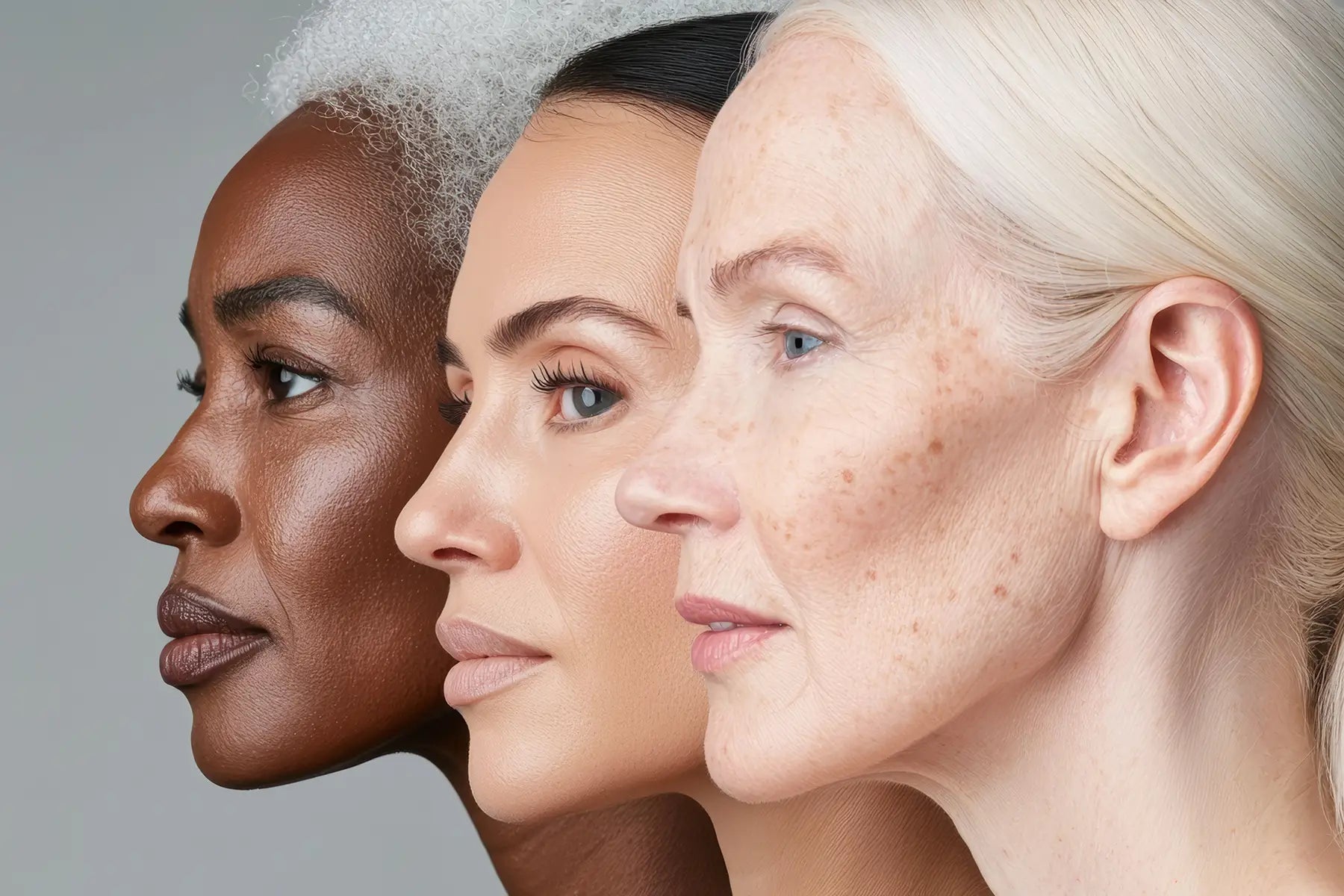What causes the ageing, dark half-moons under the eyes? The skin there is very, very thin and blood vessels are actually visible through that skin. It’s where the darkness is coming from. Dark circles often appear when you are tired or dehydrated. Unfortunately, based on genetics, some people are simply pre-disposed to having this occur.
–––––––––––––
Are your eyes giving you away? Does your facial skin look glowing and youthful, except for dark, ageing under-eye circles? Many people have the same complaint. What exactly causes these shadows, and why are some people more prone to them than others? Austin Skin has the answers.
The Science of Under-Eye Circles
Whether the problem is the result of simple fatigue, or a symptom of an illness such as anaemia, the cause varies from person to person. Regardless of the source of the problem, however, the net result is the same: dark circles can make you look older and less vital.
- What You’re Missing Under Your Eyes – Skin has different qualities in different parts of the body. Unlike tougher skin that needs to protect your elbows and knees, for example, your under-eye skin is exceptionally thin. This is due specifically to a reduced number of the building blocks that provide structure and elasticity to skin: collagen and elastin fibres. Thin, under-eye skin rests directly on top of a network of underlying structures, which are more visible than elsewhere on the body.
- A Fleet of Blood Vessels – Only a thin layer of skin covers the rich system of veins and capillaries found beneath our eyes. A problem occurs when these blood vessels become congested, dilated, or even broken. Dark tones begin to show through the translucent skin, casting a bluish or purplish tinge that manifests as under-eye circles.
- Dangerous Dehydration – Even mild dehydration can lead to problems with body health and especially with the health of the skin under your eyes. Dehydration causes your skin to lose plumpness and elasticity. This loss of volume makes it thinner and more transparent.
- Thanks Mum and Dad – You can likely thank your ancestors for your dark circles. Genetics play a huge role in determining the thinness of under-eye skin and prominent blood vessels. A predisposition explains why some people seem to have perpetually dark circles despite maintaining a healthy lifestyle.
5 Factors that Cause Dark Eye Circles
In addition to the reasons above, there are other factors that lead to dark eye circles:
- Allergy: Allergies can cause inflammation and congestion in the blood vessels around the eyes, leading to darkening.
- Pigmentation: Increased melanin production in the under-eye area can cause brown or black circles, particularly in people with darker skin tones.
- Sun damage: Sun exposure can worsen hyperpigmentation and damage the delicate under-eye skin, accelerating the appearance of dark circles.
- Ageing: As we age, we naturally lose collagen and elastin in the face, making dark circles more prominent.
- Lifestyle factors: A variety of factors can contribute to the development of under-eye circles.
Under-Eye Dark Circles: Know Your Type
Did you know there are actually four different types of dark under-eye circles?
- P-Type – Brown hue (typical of melasma and freckles)
- S -Type – Shadowing under the eye (due to change in facial structure)
- V-Type – Blue, pink, or purple hue (linked to puffiness)
- M-Type – A combination of the types above
Medical Grade Approach to Reducing Eye Bags
Most people experience under-eye circles in the M category. In a moment, you’ll discover some simple lifestyle changes that will help lighten up those dark circles. Before we get to that however, we’d like you to know about a targeted, medical grade approach to unflattering under-eye circles: eye creams!
Not every eye cream is the same. This is especially true of many pharmacy branded products that make big promises but deliver few benefits. Our skin team know tried-and-true ingredients including retinol, vitamin C, and hyaluronic acid are essential to eye skin health and beauty. These ingredients have been shown to improve skin texture, reduce pigmentation, and even boost collagen production.
One of our favourites is Revision D.E.J. Eye Cream, which provides intense hydration and an effective prebiotic technology.
At-Home Remedies to Minimise Dark Circles
While there's no magic bullet to erase under-eye circles completely, here are some strategies that you can use to fight back against the darkness:
- Aim for 7-8 hours of sleep each night
- Drink 8-10 cups of water daily (per Australian Dietary Guidelines)
- Cut back on salt: Excessive salt can lead to fluid retention and puffiness, worsening dark circles.
- Manage allergies: If allergies are a trigger, don’t ignore them. Speak to your doctor about medication to combat your allergies.
- Use sunscreen each and every day: Apply sunscreen even on cloudy days to avoid the skin-darkening effects of sun damage.
- Apply a cool compress to the under-eye area for a few minutes each day to reduce puffiness and temporarily constrict blood vessels.







